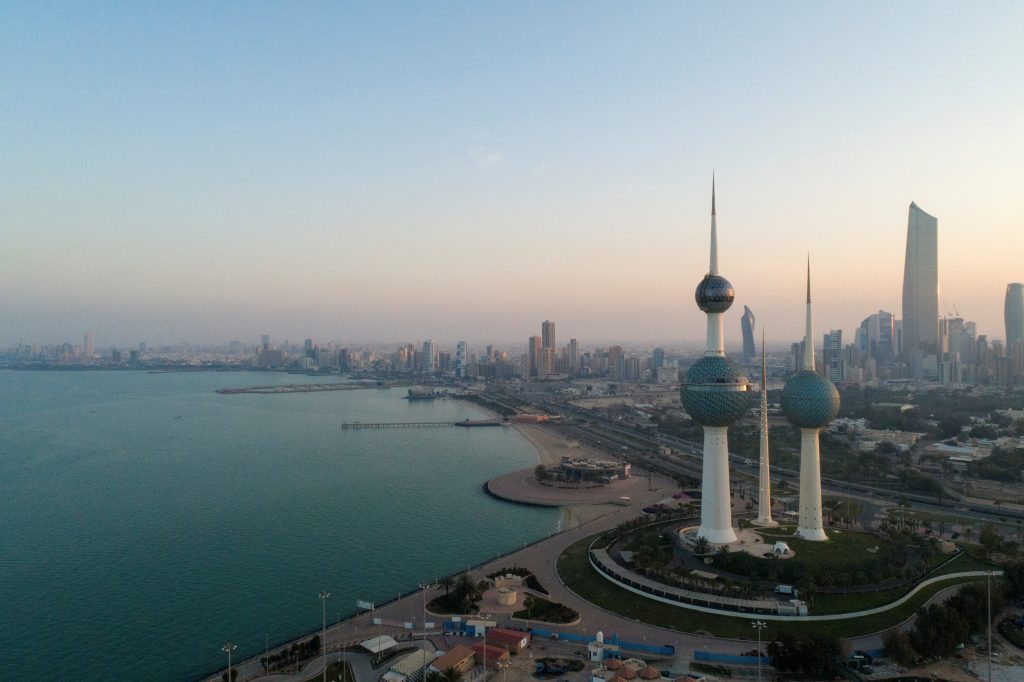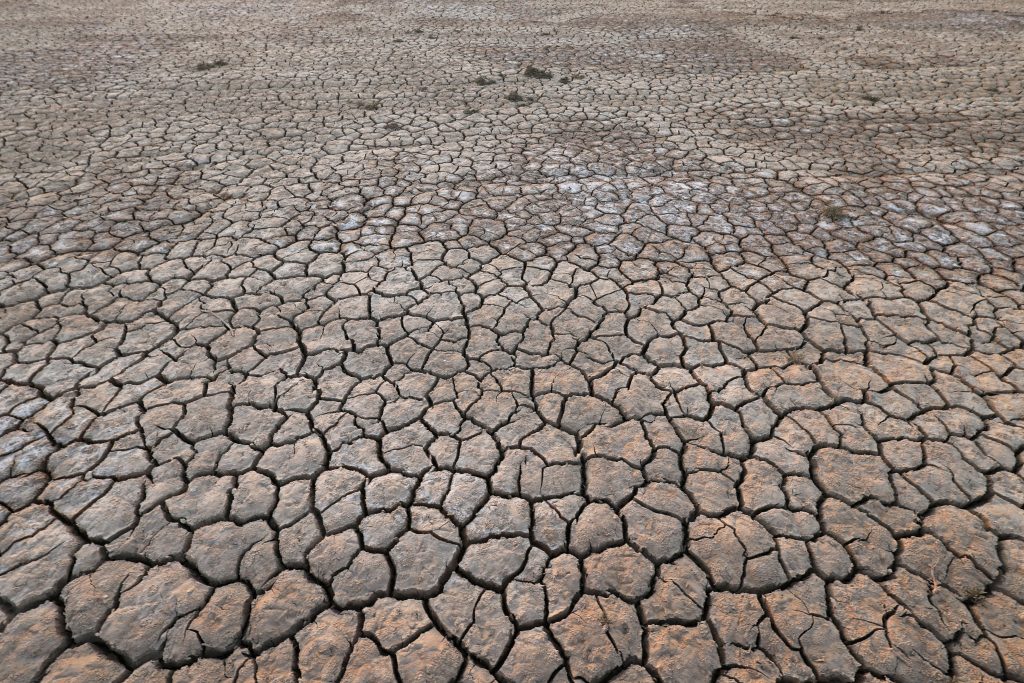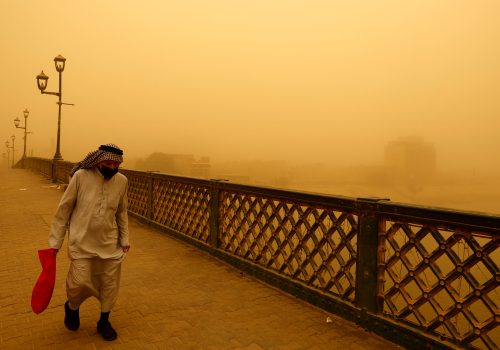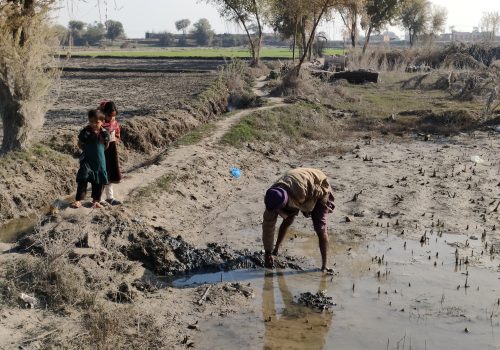Introduction
Kuwait, like many countries, faces multiple challenges due to climate change. As a small-sized, arid country nestled in the Arabian Peninsula, Kuwait is particularly vulnerable to the challenges posed by a changing climate. Water scarcity and the vulnerability of coastal regions, along with impacts on biodiversity, agriculture, energy, health, and infrastructure, are some of the key areas that demand immediate attention.
Kuwait’s coastal regions, including the capital city of Kuwait City, are particularly exposed to the impacts of climate change. Rising sea levels pose a threat to infrastructure, including critical coastal cities and urban centers. Increased coastal erosion, storm surges, and saltwater intrusion into freshwater sources are some of the challenges that demand immediate attention from policymakers. Coastal protection measures, such as seawalls and sustainable urban planning, are essential to safeguarding these regions.
Salinization of soil affects plant growth and reduces agricultural productivity. Farmers may need to adopt practices such as proper drainage systems, salt-tolerant crops, and efficient irrigation techniques to mitigate the impact of increased salinity.
At the same time, Kuwait’s unique ecosystems, including its coastal areas, wetlands, and desert landscapes, are also under threat. Rising temperatures, habitat loss, and changing precipitation patterns continue to disrupt the delicate balance of these ecosystems, leading to potential biodiversity loss. Protecting and conserving these valuable ecosystems is crucial to maintaining ecological stability and the associated benefits they provide, such as livelihoods for coastal communities, natural resource richness, and tourism opportunities.
Key environment indicators
Key impact areas
Energy and oil
Kuwait, like many other Gulf countries, relies heavily on oil and gas exports for its economic stability, with oil accounting for 59 percent and natural gas for 41 percent of the energy system. This heavy reliance on non-renewable energy sources leads to significant carbon dioxide (CO2) emissions. In fact, the energy sector in Kuwait is responsible for 95 percent of the country’s total CO2 emissions. Kuwait’s annual per capita CO2 equivalent stands at 21.6 tonnes, surpassing the average global emissions per capita of the European Union and other middle eastern countries.
The energy system in Kuwait faces sustainability challenges attributed to the country’s considerable energy consumption rate, which currently stands at 15,590 kWh per capita. This rate is among the highest globally and is projected to triple by 2030. Studies have shown a direct correlation between energy consumption and CO2 emissions, highlighting the untenable nature of Kuwait’s high energy consumption rate.
A sustainable energy transition in Kuwait is a must to meet future energy demands, reduce CO2 emissions, mitigate climate change impacts, and diversify the fossil-fuel-reliant economy.


Health and public infrastructure
Climate change impacts in Kuwait extend to public health and infrastructure, as rising temperatures and extreme heat events can have a detrimental impact on human health, increasing the risks of heat-related illnesses and mortality. A recent Harvard study predicts a five percent increase in heat-related mortality in Kuwait by the end of the century using a moderate heat scenario and a twelve percent increase in heat-related mortality using an extreme heat scenario. The same study predicts an increase in heat-related mortality for non-Kuwaiti migrants by fifteen percent. By the end of the century, for every 100 deaths in Kuwait, fourteen percent could be attributed to increased heat.
Agriculture
Climate change has significant implications for the agriculture sector in Kuwait due to increased water scarcity, desertification, and heightened temperatures.
Kuwait is already a water-scarce country with limited freshwater resources. Climate change is expected to exacerbate this problem by increasing evaporation rates, reducing rainfalls, and altering precipitation patterns. As a result, farmers may struggle to meet the water demands of crops, impacting agricultural productivity.
Rising temperatures will also negatively affect crop growth and development in the country, especially for heat-sensitive crops. Elevated temperatures would result in reduced yields, increased water requirements, and higher susceptibility to pests and diseases. Farmers may need to adapt by selecting heat-tolerant crop varieties or implementing cooling techniques in greenhouses.
Kuwait also faces desertification challenges due to its arid climate. Environmental changes will lead to the expansion of desert areas and the degradation of arable land, making it more difficult for farmers to sustain their production. Soil erosion and degradation are also concerns associated with desertification, which further decreases agricultural yields.
To mitigate the impacts of climate change on the agriculture sector in Kuwait, adaptation and resilience measures are crucial. These may include improving water management and irrigation techniques, promoting sustainable farming practices, developing heat-tolerant and salt-resistant crop varieties, and implementing effective pest and disease control strategies.

Climate projections
Read more
- UNFCCC – Kuwait National Adaptation Plan 2019-2030
- UNFCCC – Kuwait’s Key Climate Indicators (Arabic only)
- World Bank Group – (Kuwait) Climate Change Knowledge Portal
Relevant publications and reports
Stay connected
Sign up here to learn more and receive the latest updates on empowerME events, publications, and podcast.



Follow us on social media